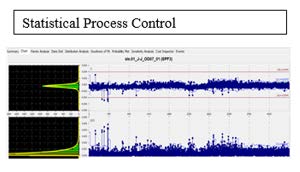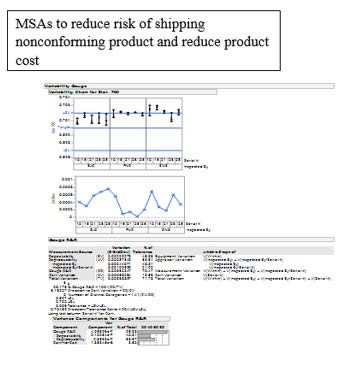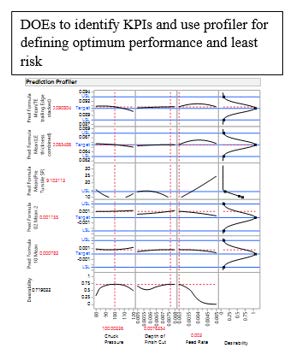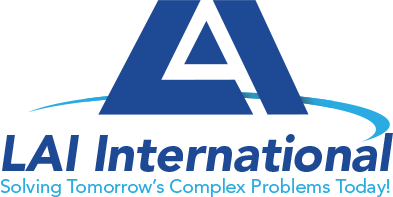
Solving Tomorrow's Complex Problems today!
410-857-0770
Email: sales@laico.com
LAI International
1110 Business Pkwy S.
Westminster, MD 21157
- Positioning Integrated Product Teams (IPTs), delivering the best in class Customer service
- Utilizing Lean/Six Sigma operational excellence performance
- Providing risk mitigating multi-site redundancy across its locations
- Using DOEs to establish meaningful KPIs and optimum process settings
- Employing CPKs and control charts to qualify production equipment
- Applying MSAs to qualify measurement processes




• Online SPC
Our Customers utilize these tools and LAI sees the use of the tool to provide us better data to review trends that allows our Associates the ability to monitor process behavior.
Our tool allows for the data to be automatically collected from our machines to Ensure that we mitigate data entry errors.

This feature allows for more real-time notifications to the Associates operating the equipment and the support Staff that supports the product cell. This ensures we minimize the potential waste we create by getting the data real time.
• SAS-JMP Statistical Package
We utilize SAS-JMP Statistical Package to take our SPC data and allows our Engineers to perform simulations and correlation analyses to understand the Interactions of process steps and outcomes to allow for Design of Experiments To be conducted to improve the reliability of our manufacturing processes to achieve CPk’s of greater than 1.33. By modeling the outcomes gives us an advantage to perform predictive screening, partition the data to focus on specific process and outcome relationships.



• 8D Corrective Action
Corrective Action is the last part of our error analyses we utilize in order to create a closed loop and continuous improvement culture at LAI.
We leverage the 8D problem Solving process which defines the problem using a team approach using root cause verification then implement the corrective action and verify it was an effective fix.
DMAIC is another problem-solving technique and refers to a data-driven quality strategy for improving processes, and is an integral part of the company’s Six Sigma Quality Initiative. DMAIC is an acronym for five interconnected phases: Define, Measure, Analyze, Improve, and Control
5 Whys is another technique LAI utilizes which is used in the Analyze phase of the Six Sigma DMAIC (Define, Measure, Analyze, Improve, Control) methodology. It is a great Six Sigma tool that does not involve data segmentation, hypothesis testing, regression or other advanced statistical tools, and in many cases, can be completed without a data collection plan.


